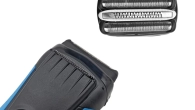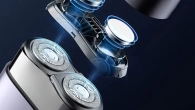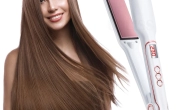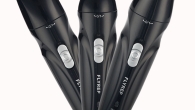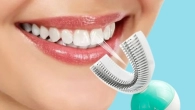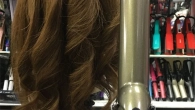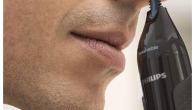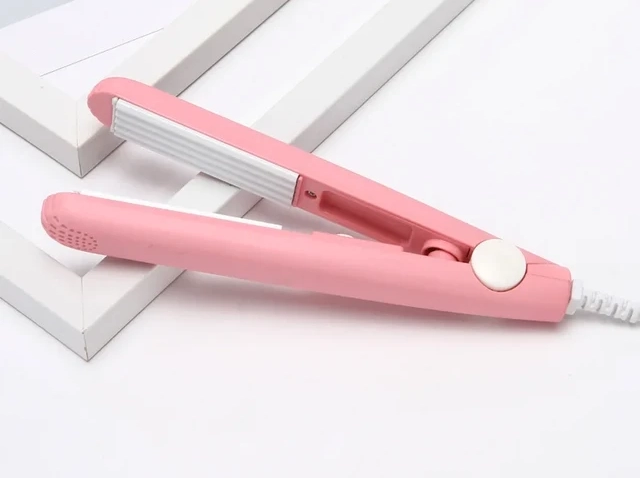
Creating Curls with a Curling Iron on Synthetic Hair: A Guide
Introduction: Styling Synthetic Hair with a Curling Iron
Synthetic hair offers a variety of styles and options for individuals looking to change their hairstyle without committing to permanent changes. While synthetic hair is not as heat-resistant as natural hair, it is still possible to curl it using a curling iron. In this article, we will provide a comprehensive guide on how to curl synthetic hair with a curling iron, ensuring safe and beautiful results.
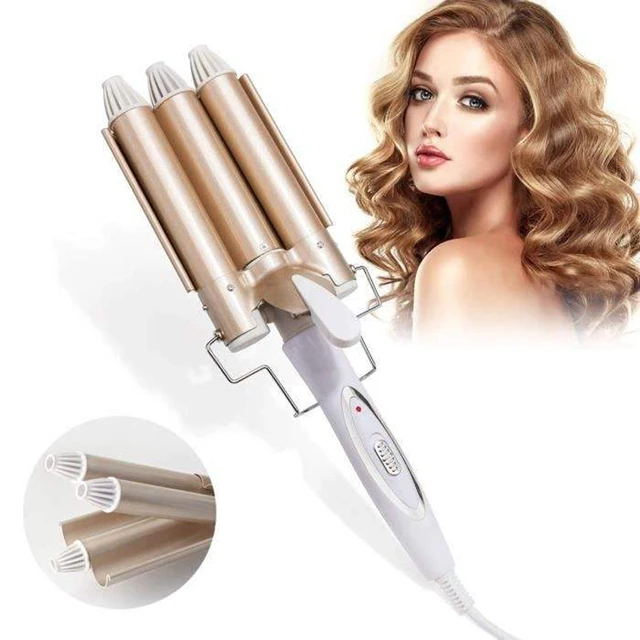
Creating Curls with a Curling Iron on Synthetic Hair: A Detailed Guide
-
Understanding Synthetic Hair
Before attempting to curl synthetic hair, it is important to understand its properties:
a. Heat resistance: Synthetic hair is typically made from heat-resistant fibers, but it has a lower heat threshold than natural hair. High temperatures or prolonged exposure to heat can damage or melt the fibers.
b. Fiber type: There are different types of synthetic hair, including kanekalon, toyokalon, and futura. Each type has its own heat resistance properties, so it is crucial to read the manufacturer’s instructions or perform a strand test to determine the suitable level of heat for curling.
-
Preparing and Detangling the Hair
Before curling synthetic hair, follow these preparatory steps:
a. Detangle the hair: Using a wide-toothed comb or a hairbrush specifically designed for synthetic hair, gently comb through the hair to remove any tangles or knots. Start from the ends and work your way up to prevent damage.
b. Apply a heat protectant: Spray a heat protectant specifically formulated for synthetic hair over the hair to minimize heat damage. Be sure to apply the protectant evenly and avoid oversaturating the hair.
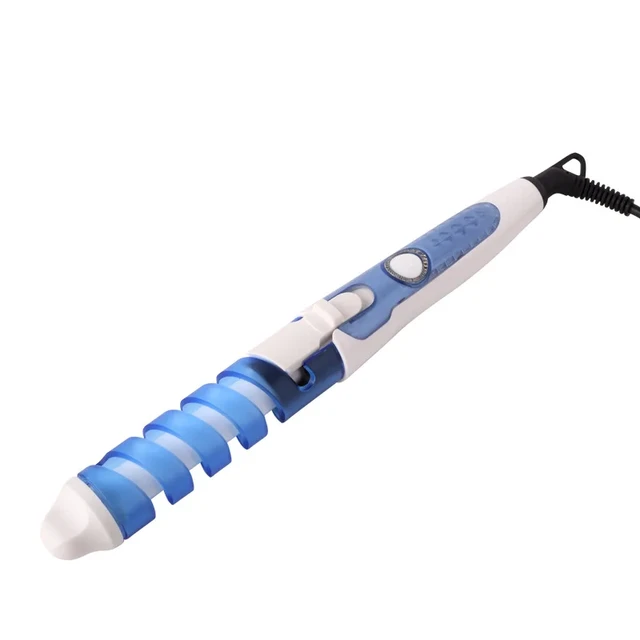
-
Choosing the Right Curling Iron
To avoid damaging synthetic hair, select a curling iron with specific features:
a. Adjustable heat settings: Look for a curling iron that allows you to control the temperature. This is crucial for safely curling synthetic hair, as it enables you to use a lower heat setting.
b. Ceramic or tourmaline coating: Choose a curling iron with a ceramic or tourmaline coating on the barrel. These materials distribute heat evenly and minimize the risk of hotspots that could damage the synthetic fibers.
c. Barrel size: Consider the desired curl size when selecting a curling iron. Larger barrel sizes create loose curls, while smaller barrel sizes produce tighter curls.
-
Performing a Strand Test
Performing a strand test is essential to determine the appropriate temperature setting and ensure the synthetic hair can withstand the heat of the curling iron:
a. Select a small section of hair: Choose a discreet section of synthetic hair, preferably underneath or at the back, where any potential damage will be less noticeable.
b. Set the curling iron temperature: Start at the lowest heat setting and gradually increase the temperature until the synthetic hair is able to hold a curl without melting or frizzing excessively.
c. Curl the strand: Gently clamp the curling iron around the hair section, holding it for a few seconds (following the manufacturer’s instructions), then release the curl. Assess the curl’s quality, resilience, and any damage to the synthetic hair.
d. Adjust the temperature: Based on the outcome of the strand test, adjust the curling iron’s temperature to a safe but effective setting. Note this temperature for future use.
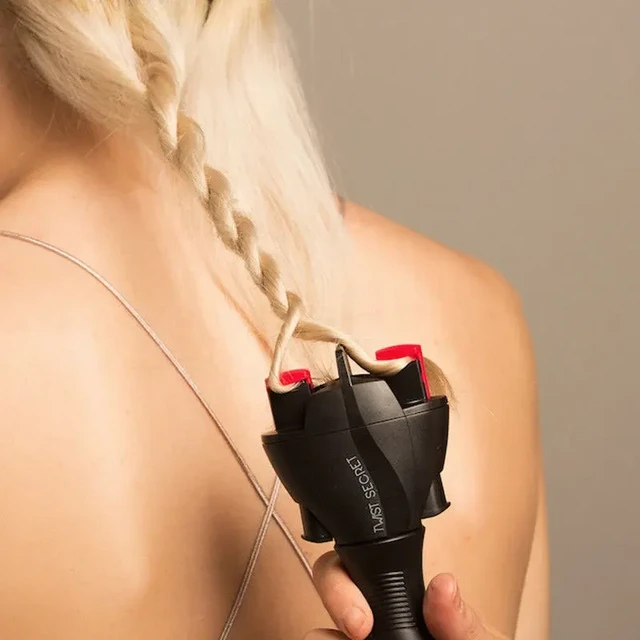
-
Curling Techniques for Synthetic Hair
Now that you have determined the appropriate temperature, follow these techniques to curl synthetic hair with a curling iron:
a. Section the hair: Divide the synthetic hair into small, manageable sections using clips or hair ties. Start with the bottom layers and work your way up.
b. Hold and wrap: Take a small section of hair and hold it taut but not too tight. Place the curling iron close to the roots and wrap the hair around the barrel in a spiral motion. Hold for a few seconds, then release the curl.
c. Variation in curls: For natural-looking curls, alternate the direction in which you wrap the hair around the curling iron. This creates dimension and prevents the curls from clumping together.
d. Allow to cool: After curling each section, gently hold the curl in your hand for a few seconds to help set it. Then, allow the curl to cool and solidify before moving on to the next section.
-
Finishing and Styling the Curls
To enhance and maintain the synthetic hair curls, follow these finishing steps:
a. Set the curls: Once all the sections are curled, lightly mist the hair with a holding spray or hairspray formulated for synthetic hair. This helps the curls retain their shape for a longer period.
b. Finger comb or style: Use your fingers or a wide-toothed comb to gently separate and style the curls. Avoid excessive brushing, as it may cause the synthetic hair to frizz or lose its curl pattern.
c. Avoid excessive heat and moisture: Synthetic hair is sensitive to heat and moisture. To maintain the curl integrity, avoid using additional heated styling tools or exposing the hair to excessive humidity or rain.
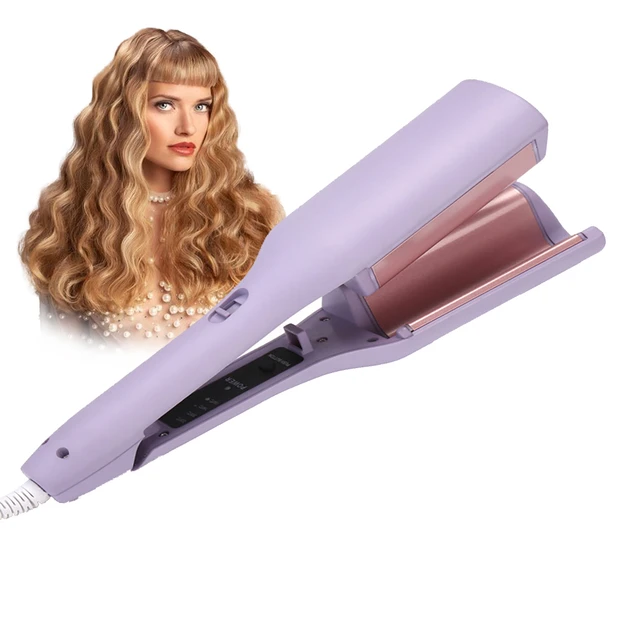
-
Hair Care and Maintenance
To keep synthetic hair looking its best, implement proper care and maintenance practices:
a. Avoid excessive styling: Limit the use of heated styling tools and minimize manipulation to prevent damage to the synthetic fibers.
b. Store properly: When not in use, be sure to store the synthetic hair in a cool, dry place, away from direct sunlight or humidity. Consider using a mannequin head or a hair net to keep the curls intact.
c. Clean with care: If necessary, gently clean the synthetic hair using a specialized synthetic hair shampoo, following the manufacturer’s instructions. Avoid vigorous scrubbing or rubbing, as this can cause tangling or damage.
d. Protect from heat sources: Synthetic hair is highly flammable. Avoid exposing it to direct contact with heat sources such as open flames, stoves, or hot styling tools.
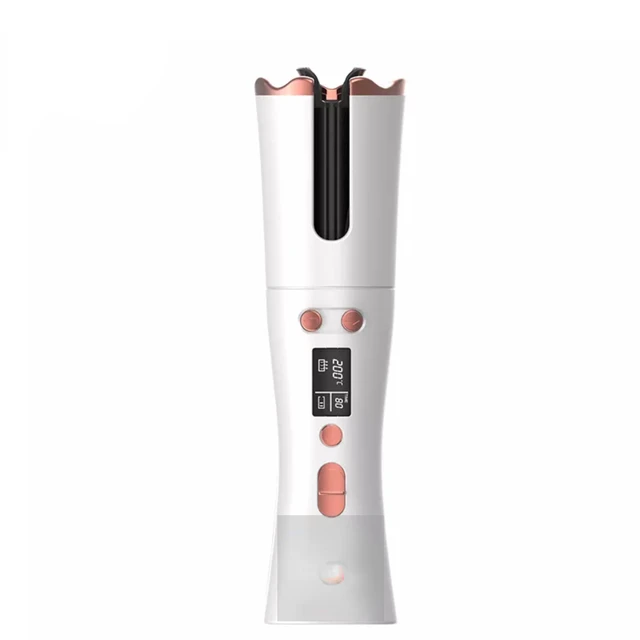
Conclusion: Beautiful Curls with Care and Caution
While synthetic hair requires special care when using heat styling tools, it is still possible to curl it using a curling iron. By following these detailed steps, performing a strand test, and selecting the appropriate temperature setting, you can safely and effectively create curls in synthetic hair. Remember to implement proper hair care and maintenance practices to keep the curls looking their best for an extended period. With care and caution, you can enjoy beautiful, versatile hairstyles with your synthetic hair.




